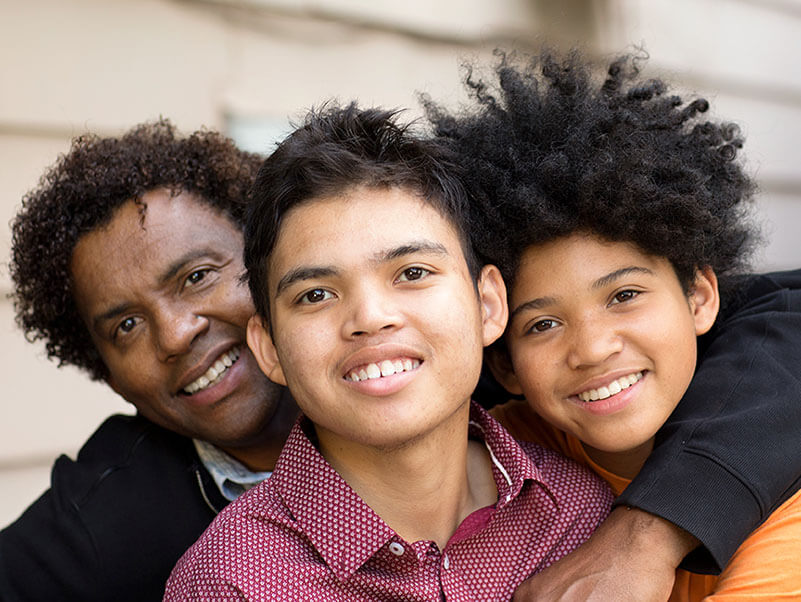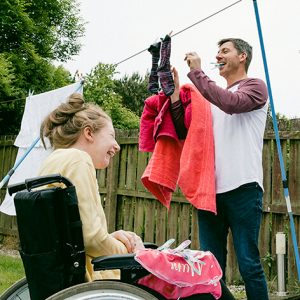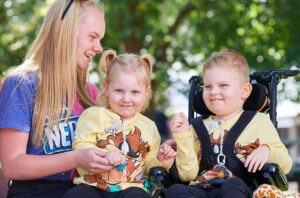
Writing a Participant Statement
A Participant Statement is a summary of key things about your child’s life that helps the NDIS planner get to know your child and family.
Your child’s Participant Statement becomes the ‘About me’ section in their NDIS Plan. It includes information about your child’s daily life and support needs as well as their interests and goals.
Sharing this information gives the NDIS a better understanding of your child and what supports they need to achieve their goals.
What to include
Your child’s Participant Statement should include information about:
- Where your child lives and who they live with
- Important people in your child’s life
- Daily support needs and activities
- Your child’s interests
- Your child’s NDIS goals
- Supports you are using now and any changes you would like to make
When describing your child’s daily life, think about all the things your child does each day of the week. For example, school, sport, therapy, social groups and other activities. Include information about all the supports your child uses to do these things as well as any monthly or seasonal activities such as holiday programs or special events.
Supports can be informal such as family and friends as well as disability and community services. It can include personal care, equipment, assistive technology, transport and things that help your child’s health and wellbeing or participation in the community. If you need to make modifications to your home or vehicle, explain how these will help your child in their daily life to achieve their goals.
Think about:
- What supports are working well and what you want to change
- The support your child needs in different settings
- New things your child would like to try
- How you see your child’s life in the next 12 months
- What your child wants to work towards over the next few years
When setting your child’s NDIS goals, think about what is most important to your child and family and how the NDIS can best support you.
Putting it all together
Every child is different and your child’s Participant Statement will be as long or short as it needs to be to cover their particular needs. Aim to keep it to one page if possible.
You can write the statement from your child’s viewpoint, for example:
- My name is… and I am… years old
- I live with…
- Important people in my life are…
- Every day I…
- I need help with…
- A typical week for me includes…
- The supports I use now are…
- Changes to my supports that would make my life better include…
- I am interested in…
- Things I enjoy doing now are…
- I would like to learn how to…
- In the future I would like to…
Remember to keep the information focused on your child. It can include the informal support that you provide as a parent, but detailed information about your role in supporting your child will be included in your Carer Statement.
Have someone who knows your child well read the information and give you feedback.
You can update the Statement for each Plan Reassessment and as your child gets older and their needs change. Depending on your child’s age and disability, you can include them in planning what goals they want to achieve.
Include a copy of your child’s Participant Statement with other documents you send to the NDIS Planner before your planning meeting and take a copy with you to the meeting.



